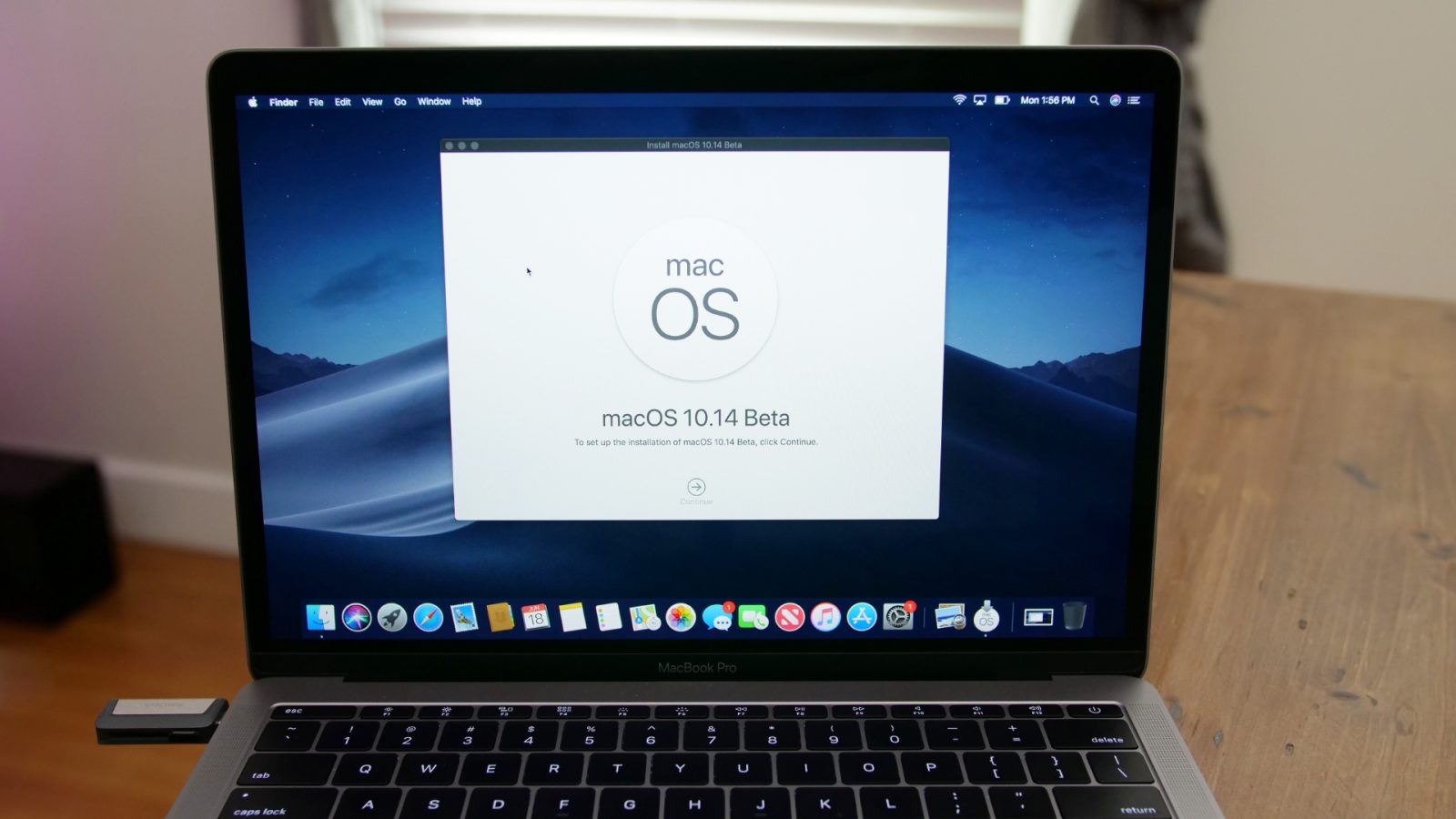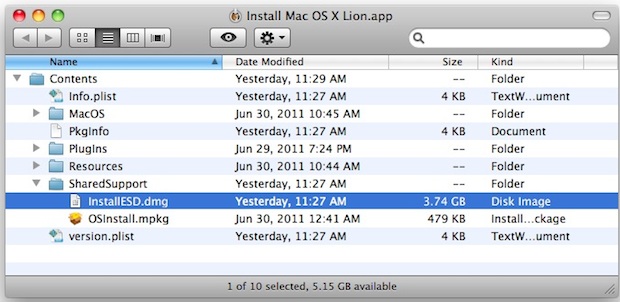On every OS X 10.8 Mountain Lion there is a hidden partition to enable a method for Mountain Lion OS to be reinstalled on the machine, it is known as the Recovery Partition or drive and is 650mb in size.
- Bootable Lion Usb From Dmg
- Bootable Lion Usb From Dmg Software
- Create Bootable Mountain Lion Usb From Dmg
Once you’ve purchased Mountain Lion, find the installer on your Mac. It’s called Install OS X.
8 thoughts on “ Create OS X Mountain Lion Bootable USB from Windows ” Cris May 26, 2014 at 13:09. One question, you say that you need the OS in an ISO format, will it work if I have it on a.dmg format? Un-archive the zip archive and you will get the app Installer. A bootable ISO or bootable USB can be made directly from the InstallESD.dmg disk image found under Contents/SharedSupport/. Instructions on how to do that are on the Internet/Youtube.
If you bought a new machine from Apple you have OS X 10.8 already installed – but no back up disk! and since you haven’t bought the OSX Lion 10.8 App from the App store you can’t re-download it – so thats why you have the recovery drive as a partition in your main hard drive, to boot from it you need to restart the machine and when it starts to boot hold down “command” + “r” keys.
From the Recovery Partition Hard Drivr you can run Disk Utility, access the command line, get online help and do a restore from a Time Machine backup and re-install Mountain Lion leaving all your other files intact – it just replaces the core operating system.
You can make a bootable USB drive or disk from the Recovery Partition 2 ways – the easy way and on the Terminal
The Easy Way
1) Download OSX Recovery Disk Assistant and uncompress and launch it
2) Attach the USB drive that you want to copy the Recovery Partition to.
3) Select the drive and continue (All contents on it will be erased)
That’s it one external bootable Recovery Drive – this works on both OSX 10.7 and 10.8
:max_bytes(150000):strip_icc()/001-create-bootable-flash-drive-os-x-lion-installer-2260350-706a904f247242968624ec57e032d665.jpg)
The Terminal Way
1) Launch Terminal from /Applications/Utilities and run:
The main drive in this list is No.2 with the “Identifier” of disk0s2, the boot Recovery HD drive is disk0s3
We can also identify the Recovery drive by the name and the size – set at 650mb

2) Mount the drive by its Identifier:
Output should be:
Now the Recovery HD is mounted in the Finder and you can see it in the sidebar under Devices
Navigate to it from the sidebar – Recovery HD/com.apple.recovery.boot/BaseSystem.dmg

recovery-finder-osx-lion
3) Doubleclick BaseSystem.dmg to mount it also in the sidebar. This will mount the volume ” Mac OSX Base System”
macosx-basesystem

4) Open Disk Utility in /Applications/Utilities
5) Put in a 2GB+ USB drive, let Disk Utility load it. The USB drive needs to be formatted as Mac OS Extended Journaled, if its not, its time to format it in Disk Utility…
6) Finally in still in Disk Utility, select the “Restore” tab – drag the mounted volume “Mac OSX Base System” into the Source field and drag the USB drive “Volume” (mine is called SuperBootUSBDrive) to the Destination.
restore-volume-osx-usb
7) Click Restore – 10 minutes later – One bootable USB drive
Your bootable USB drive will be called “Mac OS X Base System” after the restore is complete. Now to boot from it just select it as the Start Up disk in System Preferences or hold down option key on boot and select it from the choice of bootable devices.
If you have downloaded the OSX 10.8 Mountain Lion App from the App Store then you can also make a full bootable image of OSX 10.8 to a disk/drive, you need to make the boot drive/disk before you install the Mountain Lion App, as the installer is deleted after running it. That’s why the guide here can get you out of trouble.
Update For Newer Models – hidden BaseSystem.dmg – BaseSystem.chunklist
If you have the latest models from Apple that came already shipped with OSX 10.7, then you may not have the “BaseSystem.dmg” but instead see a “BaseSystem.chunklist” , the “BaseSystem.dmg” is there it’s just hidden.
To show it so you can see it in the finder – go to Terminal – and after you have mounted the Recovery Drive:
Now it will be visible in the Finder.
A DMG file refers to a compressed number of files stored in Mac OS operating system. Think it like similar to an ISO file in Windows operating system. Unfortunately, DMG files are not supported in Windows operating system and neither could you create nor extract a DMG file in Windows operating system. However, in any inexplicable moment if you find yourself in a situation where your Macbook is broken and you need to create a DMG file in your Windows operating system then you can certainly accomplish this task by using a third party software that we are about to introduce in this article.
Other ways to create a bootable USB drive from a DMG file in Windows is to convert it into ISO image file which is a supported file format in Windows to make it conventional and usable. We will be sharing all these tricks, so continue reading this guide without any hesitation.
Method #1: Convert the DMG File into ISO Image File
Like we mentioned before, one of the standard file format in Windows computers is ISO image files. However, since we cannot extract files from DMG file in Windows computers, first, we will have to convert it into a compatible ISO image file. Then further, we will create a bootable USB drive using those extracted data. It sounds complicated but if you keenly follow the below guidelines then it could be lot simpler and definitely plausible.
Step 1. Press 'Windows + R' button in your computer to open the 'Run' utility.
Step 2. Type 'CMD' and press enter to launch the command prompt application.
Step 3. Locate the directory of your DMG file in your PC. For instance, if it's saved in 'D:' Drive then simply type 'D:' then enter. Now, the command prompt will fetch all files from the 'D:' drive of the computer.
Step 4. In order to convert the DMG file to ISO, you will have to run the following command –
hdiutil convert /path/bootablefile.dmg -format UDTO -o /path/windowsimage.iso
Note: Replace the: bootablefile.dmg' to the DMG file name in your PC and the 'windowsimage.iso' to something appropriate to your requirement.
After this, use any ISO to USB burning tool to make a bootable USB installation drive.
Cons:
- File could be severely damaged.
- Booting process may not go through.
- USB flash drive may corrupt inexplicably.
- Programming knowledge is absolute necessity.
Method #2: Create A Bootable USB from DMG using UltraDMG
UltraDMG is the best and most powerful utility to create bootable USB drive from DMG files. It allows you to manage the entire data inside a DMG file even if you have ZERO experience in this field. The user interface is simple to operate and you will find all the necessary options in the software whether it's extracting, viewing, editing or even copying a DMG or ISO file into a flash drive or CD/DVD. The data burning process of UltraDMG gives the highest success rate in this entire industry and that's why it's the perfect software for creating Bootable USB drive from a DMG file or ISO image file in Windows PC.
Unlike other methods shared in this article, you don't have to worry about damaging the DMG file. UltraDMG has been tested several times to handle these types of tasks. Every single features provided by UltraDMG is functional to its utmost level. Afterwards, the testing results with are always successful as long as you have a healthy and working DMG file. Now, let's get started with the software and its functionality.
Step 1: Download the UltraDMG tool on your Windows or mac computer, install and run it as soon it is installed. The installation process is pretty standard and self-explanatory.
Step 2. Connect the USB flash drive where you want to burn the DMG file to. Select the source folder of DMG file from your local and choose the flash drive name as well. (Make sure the flash drive is empty because the software will format the entire disk)
Step 3. After the setup is completed, click on 'Burn' and let the software do its magic. This may take several minutes depending on the computer configurations.
Step 4. After a short brief period, the USB flash drive should be ready to use and it will be bootable by default. You may now use the USB flash drive to install the macOS in any computer or laptop.
Now, you can download the UltraDMG tool and give it a try!
Method #3: Create A Bootable USB from DMG using PowerISO
Bootable Lion Usb From Dmg
PowerISO is a third-party paid software that allows you to burn a DMG file into a USB flash drive. By default, it will be bootable, however, the price of PowerISO is absurd. It's way too expensive, so if you want to burn some cash then go ahead and use this tool.
Step 1. Download and install PowerISO in your computer by following the default instructions.
Step 2. Open the software and import the DMG file directly into the software.
Step 3. Click on 'Tools' followed by 'Burn' to write all the data from DMG file into USB flash drive.
Step 4. Make sure to check all the required settings before clicking the 'Burn' button. After the burning process is completed, you should have a bootable USB drive.
Disadvantages:
Bootable Lion Usb From Dmg Software
1) Very very expensive software.
2) User interface is not friendly and complicated.
3) Choosing wrong options can corrupt the DMG file forever.
We will recommend using UltraDMG in case if you have no experience on how to create bootable USB from DMG on Windows. It’s best for both beginners and experts. UltraDMG is a useful tool too but it will burn a hole in your pocket. So, we believe the most effective way to deal with DMG files is by using UltraDMG as it’s simple and intuitive user interface makes every easier and simpler.Hopefully, you guys were able to create a bootable USB drive from a DMG file on Windows computer and if you have got any issues don't forget to contact us.
Create Bootable Mountain Lion Usb From Dmg
How to recover lost or forgtten password for Windows 8
What to Do If You Forgot or Lost Windows 10 Login Password